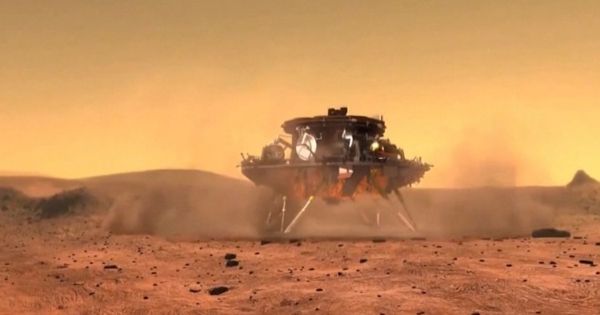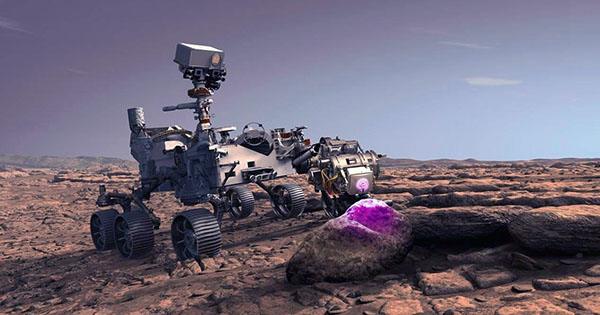Over the past few weeks, NASA has been working hard to collect the first of many of its samples that will one day be sent back to Earth where the rover can be analyzed in more detail than what it can do on the Red Planet. These small pieces of Martian rocks could ultimately answer the question if there was ever life on Mars. August In perseverance, a hole was drilled in an impressive rock from which a sample was taken out into the collection pipe. Everything went according to plan, it turned out to be successful and the container was processed according to purpose. At least that part of the mission information was all right.
But it seems that no samples were collected. Data sent back to Earth from the collection tube indicates that no rock samples were collected. Perseverance is equipped with 43 titanium sampling tubes that can be used to collect loose soil, rocks, and regolith on the surface of Mars. The rover’s sampling and caching system is made up of a 2 m (7 ft) robotic arm that pulls out the sample and seals the container. Jessica Samuels, the surface mission manager for Perseverance at NASA’s Jet Propulsion Laboratory (JPL), said in a statement, “The sampling process is autonomous from start to finish.”

“One of the steps that take place after placing the probe in the collection tube is to measure the volume of the sample. The probe did not encounter the expected resistance if inside a sample tube.” The perseverance team will now use the Watson (Wide Angle Topographic Sensor for Operations and Engineering) imager to look at the borehole and find out what happened. Leading assumptions suggest that the fault lies not in the system but in the rock. This will not be the first time that the rocks and soil of Mars have rejected expectations. NASA’s Insight is a recent example of the ultimately failed installation of Martian “Mole” landing on Mars.
“The initial concern is that the empty tube probably didn’t respond as well as we expected when rocking as a result of rock targeting and is less likely to have hardware problems with the sampling and caching system,” said Jennifer Trosper, project director at Perseverance JPL. “Over the next few days, the team will spend more time analyzing the data we have and will gain some additional diagnostic data to understand the root cause of the empty tube.” Disasters like this happen when trying to do something for the first time, especially when they are done autonomously by a separate world robot.















